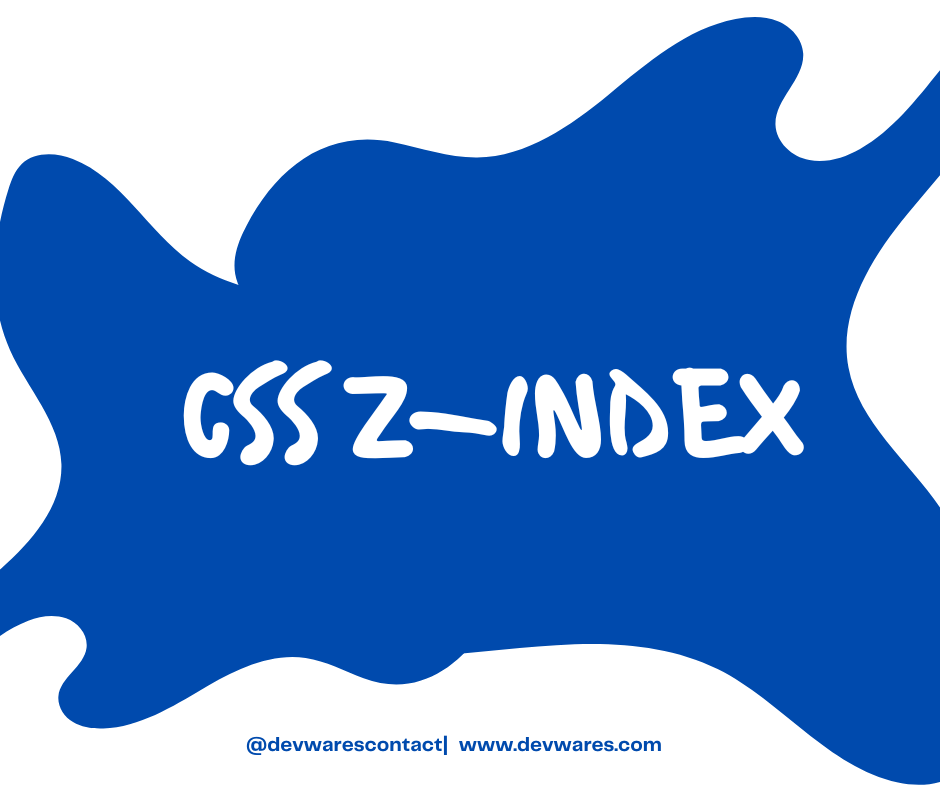CSS Z-Index
 Devwares
Devwares
CSS Z-Index
The z-index property in CSS controls the vertical stacking order of elements that overlap. As in, which one appears as if it is above the other. The z-index property can have the following values: auto, number, initial, and inherit.

Basic Usage
div { z-index: 1;}
In the above example, the div element will have a z-index of 1. The higher the z-index value, the higher up the element will be in the stack order.
Using Z-Index with Position Property
The z-index property only works on positioned elements (position: absolute, position: relative, position: fixed, or position: sticky).
div.relative { position: relative; width: 400px; height: 200px; border: 3px solid #73AD21; z-index: 1;}
div.absolute { position: absolute; top: 80px; right: 0; width: 200px; height: 100px; border: 3px solid #73AD21; z-index: 2;}
In this example, the div.absolute element will appear on top of the div.relative element because it has a higher z-index value.
Negative Z-Index Values
The z-index property can also have negative values.
div { z-index: -1;}
In this example, the div element will have a z-index of -1. Elements with a negative z-index value will appear behind elements with a z-index of 0 or none.
Auto Value
The z-index property can also have a value of auto.
div { z-index: auto;}
In this example, the stack order of the div element is the same as its parent.

Subscribe to my newsletter
Read articles from Devwares directly inside your inbox. Subscribe to the newsletter, and don't miss out.
Written by
